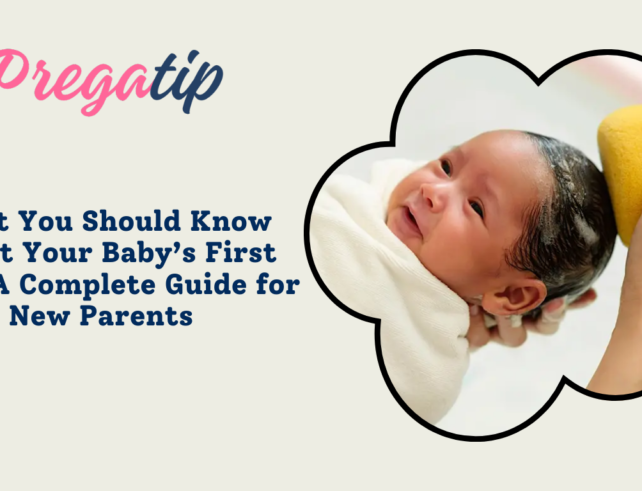Fertility Treatment: Gamete Intrafallopian Transfer (GIFT)


Gamete Intrafallopian Transfer (GIFT) is a lesser-known fertility treatment that can offer hope to couples struggling with infertility. This article looks into the complexities of GIFT. It will cover its procedure, suitability, and considerations for those contemplating this reproductive option.
Gamete Intrafallopian Transfer (GIFT) is a specialized fertility treatment that offers hope to couples struggling with infertility. In assisted reproductive technologies, GIFT stands out as a unique approach that combines elements of both in vitro fertilization (IVF) and intrauterine insemination (IUI). This article delves into GIFT, explaining how it works and highlighting its advantages. It also provides considerations for people seeking alternative methods to achieve their dream of parenthood. Understanding GIFT as a fertility treatment option can provide valuable insights into the diverse approaches available to address infertility. It will also help individuals make informed decisions on their path to conception.
1. Understanding Fertility Treatment
a. What is Fertility Treatment?
Fertility treatments include a range of medical interventions designed to assist individuals or couples in achieving pregnancy when natural conception is challenging. These treatments can address various causes of infertility, such as ovulation disorders, tubal issues, or male infertility.
b. The Need for Assisted Reproductive Techniques
Couples may turn to assisted reproductive techniques when natural conception has not been successful or when specific factors hinder the process. GIFT is one such technique that offers an alternative to traditional in vitro fertilization (IVF).
Also read: Exploring Assisted Reproductive Technologies
2. Introducing Gamete Intrafallopian Transfer (GIFT)
a. What is GIFT?
GIFT is a fertility treatment that collects a woman’s eggs and a man’s sperm. Afterward, this mixture is directly transferred into the fallopian tubes. The aim is to facilitate fertilization within the woman’s body, replicating the natural process.
b. How GIFT Differs from IVF
GIFT distinguishes itself from IVF in that fertilization occurs inside the fallopian tube rather than in a laboratory dish. This approach maintains the natural environment of fertilization and embryo development.
Also read: Understanding IVF: When Should You Consider It?
3. Candidates for GIFT
a. Suitability for GIFT
GIFT is recommended for couples with specific infertility factors. This includes issues such as unexplained infertility, cervical issues, or religious or personal preferences against the in vitro embryo culturing stage.
b. Consultation with Fertility Specialists
To determine the suitability for GIFT, individuals should consult fertility specialists. These specialists can assess individual circumstances and suggest the most appropriate treatment.
4. The GIFT Procedure
a. Ovulation Stimulation
The woman undergoes ovulation stimulation to produce multiple mature eggs, monitored through ultrasound and hormone tests.
b. Collection and Mixing
Once the eggs mature, they are retrieved through a minor surgical procedure. The collected eggs are mixed with the partner’s sperm and immediately transferred to the fallopian tube.
5. Considerations for GIFT
a. Emotional and Psychological Support
Couples undergoing GIFT may experience emotional ups and downs throughout the process. Seeking emotional support and counselling can be beneficial during this journey.
b. Success Rates
The success rates of GIFT vary depending on the individual circumstances. But, it can offer a successful alternative for some couples who may not have achieved pregnancy through other means.
6. GIFT vs. IVF
a. GIFT’s Natural Approach
GIFT maintains the natural environment of fertilization, which some individuals may prefer over the laboratory setting of IVF.
b. Personalized Treatment
The choice between GIFT and IVF is highly personalized and depends on factors such as infertility causes, individual preferences, and medical recommendations.
7. Post-GIFT Care
a. Monitoring and Support
After the GIFT procedure, close monitoring and follow-up with fertility specialists are crucial to track the progress and provide support.
b. Pregnancy and Beyond
Successful GIFT procedures result in natural pregnancies. Once pregnant, women receive standard prenatal care to ensure a healthy pregnancy and birth.
Gamete Intrafallopian Transfer (GIFT) is a unique fertility treatment that offers an alternative to traditional assisted reproductive techniques. For couples considering this approach, understanding the procedure, suitability, and considerations is essential. Consulting with fertility specialists and staying informed enables individuals to explore the possibilities offered by GIFT in their journey toward parenthood.



